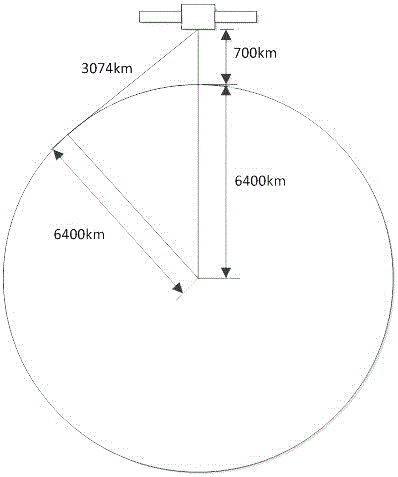Correlation-based satellite-borne ADS-B header detection method
A detection method and header technology, which are applied in baseband systems, baseband system components, and shaping networks in transmitters/receivers, etc., can solve problems such as the inability to meet the requirements of the spaceborne environment.
- Summary
- Abstract
- Description
- Claims
- Application Information
AI Technical Summary
Problems solved by technology
Method used
Image
Examples
Embodiment
[0064] Such as Figure 2-9 As shown, this embodiment provides a correlation-based satellite-borne ADS-B header detection method. The method is an FPGA-based digital circuit. The processed signal is a digital baseband signal sampled by an ADC with a sampling rate of 10MHz. The baseband signal The bandwidth is 1.5MHz.
[0065] In this embodiment, the related satellite-borne ADS-B header detection method includes the following steps:
[0066] 1. Perform modulo operation on I / Q two orthogonal signals to extract the envelope S(k) of the baseband signal; the FPGA implementation of this step is figure 2 Mod_Calculate.
[0067] Specifically, get two orthogonal baseband signals I(k) and Q(k) from the ADC; then, calculate the modulus of I(k) and Q(k): Get S(k), S(k) is the baseband envelope signal. Among them, the modulo operation uses The approximate algorithm, the RTL level circuit such as image 3 Shown.
[0068] 2. Carry out autocorrelation filter processing on the obtained baseband env...
PUM
| Property | Measurement | Unit |
|---|---|---|
| Bandwidth | aaaaa | aaaaa |
Abstract
Description
Claims
Application Information
 Login to View More
Login to View More - R&D
- Intellectual Property
- Life Sciences
- Materials
- Tech Scout
- Unparalleled Data Quality
- Higher Quality Content
- 60% Fewer Hallucinations
Browse by: Latest US Patents, China's latest patents, Technical Efficacy Thesaurus, Application Domain, Technology Topic, Popular Technical Reports.
© 2025 PatSnap. All rights reserved.Legal|Privacy policy|Modern Slavery Act Transparency Statement|Sitemap|About US| Contact US: help@patsnap.com



